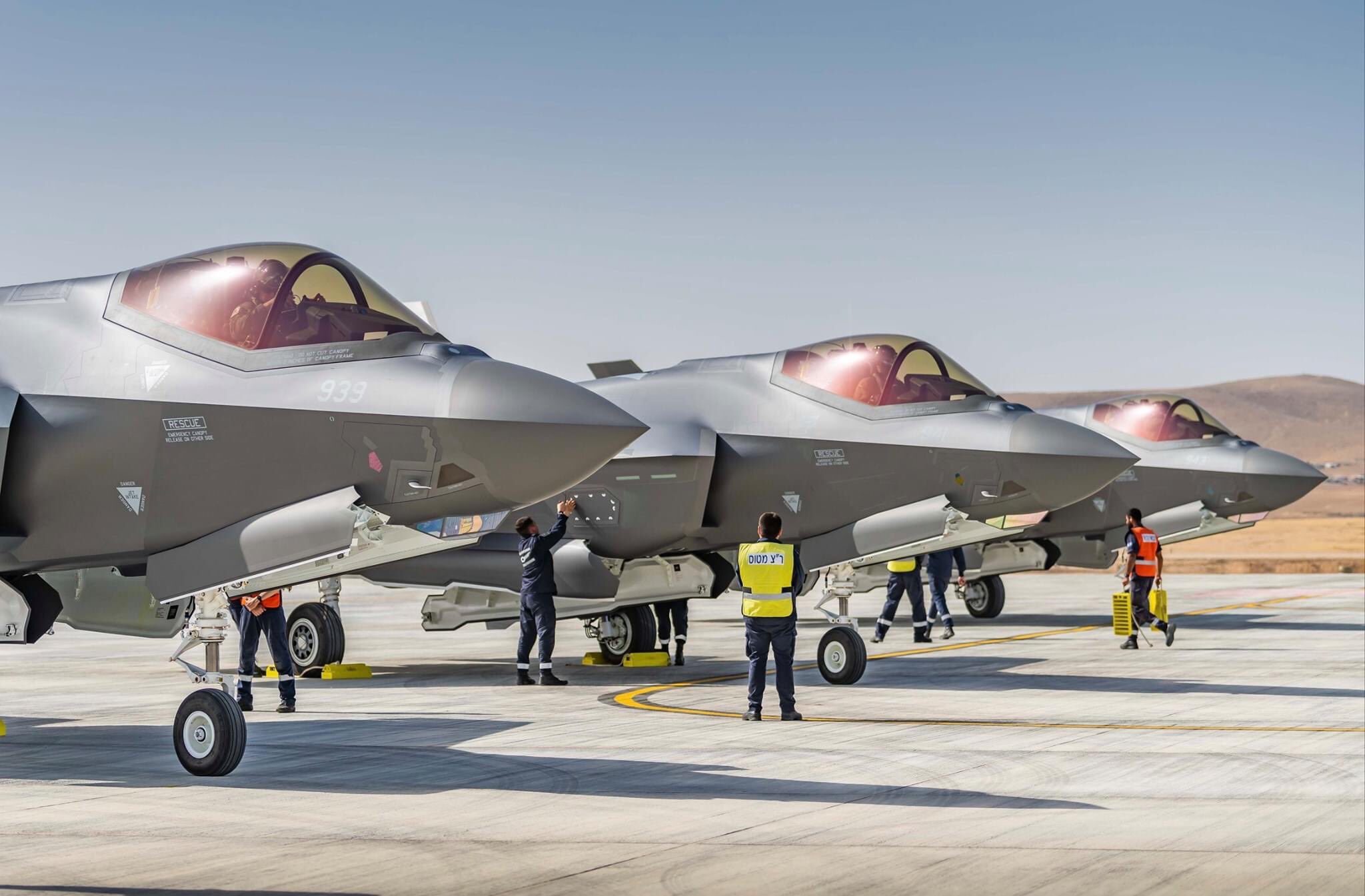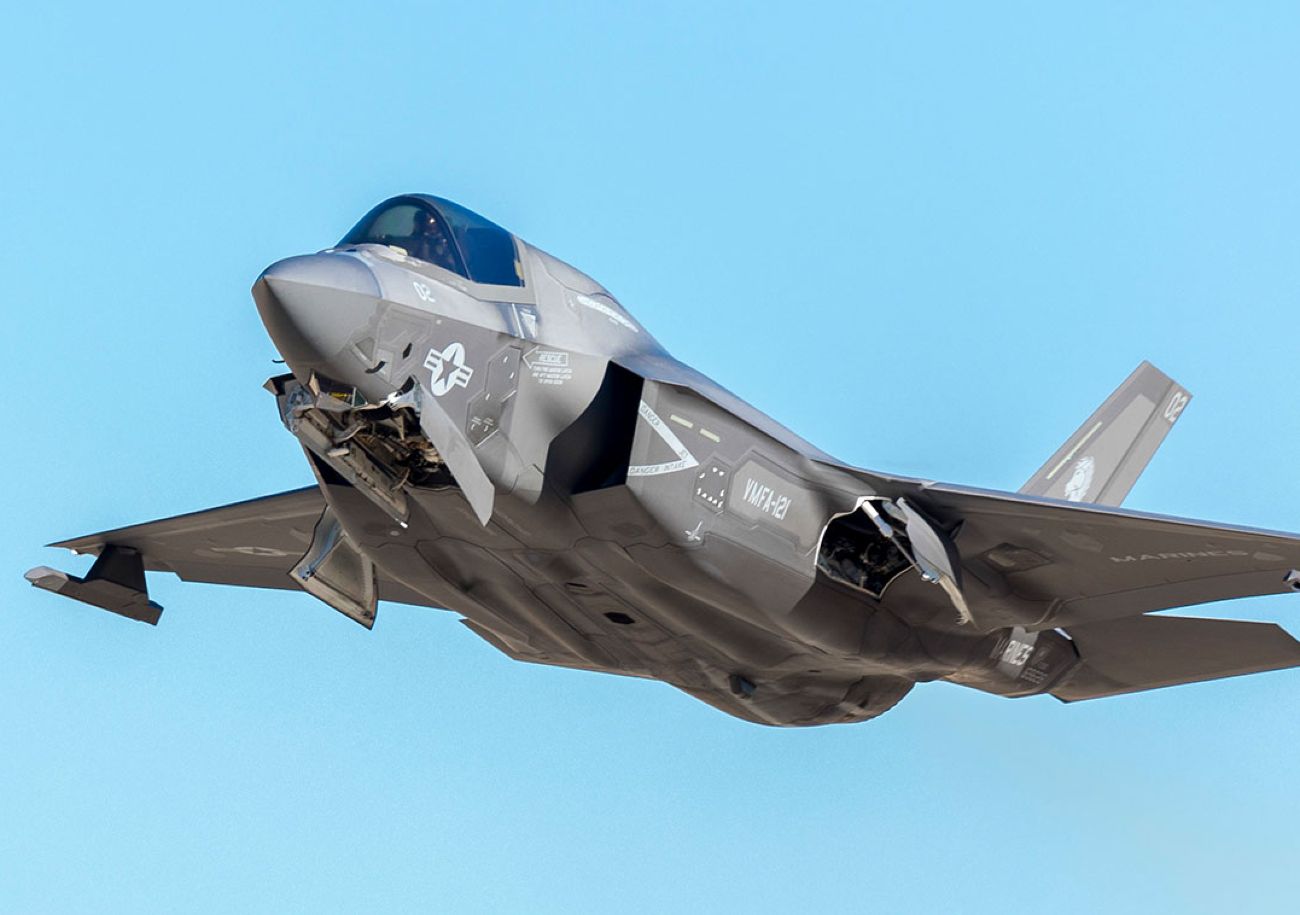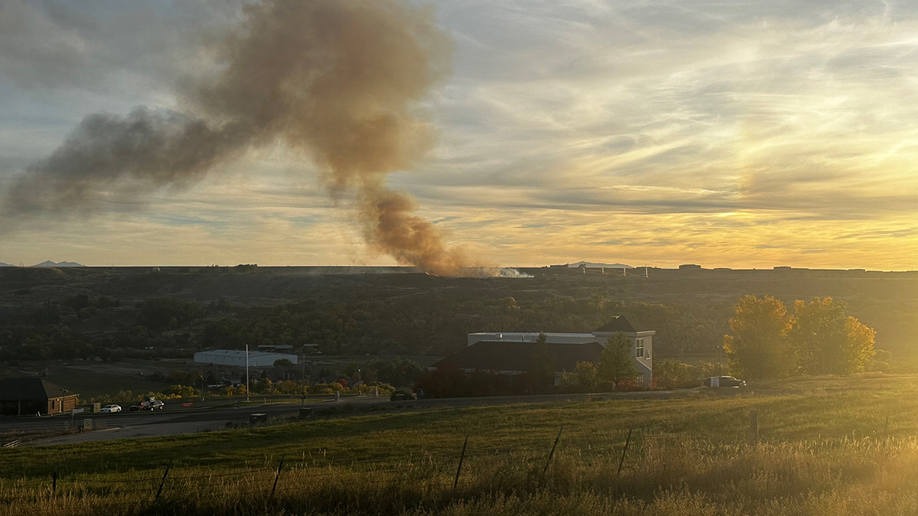The year 2022 saw the F-35 sales going up several notches, with many Western countries expressing interest in the aircraft. However, this fifth-generation aircraft manufactured by US-based Lockheed Martin also ran into controversies in 2022 and had to be grounded on more occasions than one.
In a recent blow to the reputation of the F-35 Lightning II, Israel grounded 11 of its F-35A stealth fighters on December 25. The decision was taken after an F-35B crashed in Texas, United States, earlier this month, The Jerusalem Post reported.
According to a statement from the Israel Defense Forces (IDF), the decision to ground the Israeli F-35 aircraft was made after an initial examination revealed potential similarities between the Israeli fighter’s malfunctions and those that may have contributed to the crash of the US fighter.
However, both IDF and Lockheed Martin have added a caveat that they weren’t sure at this point that the F-35A in the IDF fleet had the same technical problems as the F-35B aircraft involved in the Texas accident. They further stated that 11 aircraft were grounded only as a precautionary measure.
Shortly after the IDF decision was made public, the F-35 Joint Program Office also grounded a few of its new F-35 Joint Strike Fighters in response to the Dec. 15 incident.
The F-35 Joint Program Office reportedly confirmed on December 27 that it has provided guidelines due to the incident and that some higher-risk F-35s are grounded, at least until January.

The F-35 is unquestionably the cornerstone of the Israeli Air Force due to its stealth component and the capability to attack targets in hostile countries without being tracked down by enemy radars and defense systems. However, the incident earlier this month has rattled the Jewish nation.
On December 15, about ten days before the Israeli decision, the F-35B jet of the US Air Force (USAF) made an initial touchdown, then bounced back into the air before making a hard nose-first down landing on the runway. The nose gear completely collapsed before the pilot ejected, and the jet rolled onto the ground. At the time of the incident, a USAF pilot was flying the aircraft, but the aircraft had not yet been passed to the military by the manufacturer.
Even though the Israeli decision to ground the F-35 ten days after the mishap is worth examining, it is not the first time in the year that IDF has made such a move.
In July, after a faulty component was discovered inside the ejection seat of the F-35 fighters, both the US and Israel temporarily stood down their F-35 fleets.
Back then, the IDF’s decision was based on the USAF’s decision to halt operations. Maj.-Gen. Tomer Bar, the head of the IAF, suspended operations in July after evaluating the whole fleet and having two planes examined daily by IAF teams using Lockheed Martin-provided technology. Every aircraft with functional ejection seats was immediately put back into the air.
Controversies Gripped F-35 In 2022
The USAF grounded its F-35 fighter jets in July because of a malfunctioning cartridge-actuated device inside the ejection seat, which would have prevented the pilot from safely ejecting from the aircraft in an emergency.
The ejection seats inside aircraft have cartridge-actuated devices, essentially explosive cartridges used to help propel the seat out of a plane in an emergency. The manufacturer reportedly identified specific production lots of CADs used in Martin-Baker ejection seats as problematic and needing repair, which caused panic among aircraft operators worldwide.
Another big controversy surrounding the F-35 Lightning II unraveled in September, leading to the US State Department abruptly halting deliveries of the stealth aircraft upon discovering a Chinese component in the aircraft.
According to a statement released by Lockheed Martin on September 7, a magnet in the F-35’s Honeywell-manufactured turbo machine, an engine part that powers the starter/generator placed on the engine, was found to have been made using a cobalt and samarium alloy that is produced in China. However, the alloy was magnetized in the United States.
When the revelation was made, it caused widespread concerns about the security of the aircraft being compromised. Not just that, it exposed the loopholes in the supply chains and rattled the Pentagon and the higher echelons in the Joe Biden administration.
The spokesman for the F-35 Joint Program Office (JPO), Russell Goemaere, stated categorically that the component which is a magnet used in F-35 turbo machine pumps, “does not transmit information or harm the integrity of the aircraft and there is no performance, quality, safety, or security risks associated with this issue.” However, the deliveries were suspended nonetheless.

Later, on October 4, a South Korean lawmaker stated that the nation’s F-35A fighters were labeled as operationally unready 234 times over 18 months ending in June because of malfunctions. The Air Force, on its part, acknowledged having trouble obtaining parts for defects in the aircraft. It added stated that it would strive to get them from the manufacturer.
Further, the aircraft has been under the scanner this month for cost overruns and the expenses that maintaining the aircraft can entail for the state exchequer. The costs of developing a new cockpit computer for the F-35 Joint Strike Fighter, set initially at $712 million four years ago, have soared by another $239 million, generating extra expenses of $680 million.
Not just that, a senior Australian journalist, Brian Toohey, criticized the ‘Defense Strategy Review’ of the Australian government that has recommended buying the fourth squadron of F-35 fighter jets.
He argued the long history of costly problems of the F-35s already acquired while arguing that Australia “should be asking for a refund” and that “the biggest mistake was to buy the plane in the first place.”

The effective combat radius of the F-35A, as previously reported by EurAsian Times, is only approximately 1,000 kilometers, and with a tanker aircraft, it might be increased to roughly 1,500 kilometers. The F-35A cannot travel to the South China Sea without aerial refueling. Even so, the availability of airborne tankers over contested airspace is questionable during a battle.
In addition, the F-35 unfortunately ran into many troubles this year. Before the hard nose landing of the aircraft in the US earlier this month, an F-35B Lightning II fighter jet was photographed parked in Okinawa, Japan, with its nose down on the road on December 1.
At the time of the Japan incident, EurAsian Times had reported that F-35B attached to the US Marine Corp (USMC) had suffered a nose landing gear collapse at Kadena Air Base in Okinawa while being towed following an emergency/precautionary landing.
An F-35A fifth-generation fighter plane crashed in the US state of Utah, close to Salt Lake City, in October 2022. Although the pilot is said to have successfully ejected and received treatment for minor injuries, the crash reportedly started bushfires that burned around 8 to 10 acres of land.

Before the October event, two F-35 jet crashes were reported in January of this year. On January 4, the South Korean F-35’s pilot performed an emergency “belly landing” at an airfield when the landing gear malfunctioned owing to mechanical issues.
A few days after the South Korean accident, on January 25, a US Navy F-35C had a “landing incident” on the deck of the Carl Vinson aircraft carrier in the South China Sea, the first-ever crash involving the carrier form of the fifth-generation fighter.
However, despite all the controversies and accidents that the aircraft had to brave this year, it has also garnered widespread global popularity. Faced with security threats posed by the Russian invasion of Ukraine, several European countries and the Global North have signed agreements to purchase this fifth-generation stealth jet.
It may have been a controversial year for the aircraft, but it has undoubtedly been very profitable for Lockheed Martin, which has been inundated with orders.
- Contact the author at sakshi.tiwari9555 (at) gmail.com
- Follow EurAsian Times on Google News




